Welcome to Batnon!
- +86 136 6262 0926
- sales@batnon.com
- 7/24 Fast Response
Table of Contents
ToggleAs a China die casting manufacturer, at Batnon, we have over 40 die casting machines, ranging from small to large scale. Based upon our extensive tooling and die casting mould fabrication equipment and rich experience, we’re able to handle die casting metal parts size up to 1000x1000x500mm.
Die casting is a manufacturing process used to produce precise dimensional, clearly defined, smooth or textured-surface metal parts. It involves forcing molten metal fluid under high pressure or merely by gravity of metal fluid into a mold cavity, a part will be formed when metal fluid temperature is down to solidity.
These mold cavities, or dies, are made from non-ferrous metals like s.steel, aluminum, zinc, magnesium, or copper. Die casting is an idea way for producing parts that require minimal post-processing and finishing, making it an efficient and cost-effective method for mass production of metal components.
In 1838, The first die casting process was created by Elisha K. Root, he developed a method for making movable type for the printing industry using a hand-operated machine.
Nowadays, Die casting is innovated with combination of computer-aided design (CAD), computer-aided manufacturing (CAM), and robotics, allowing for greater precision, efficiency, and customization in producing high-quality metal parts.
Comparison of 2 main types of die casting:
| No | Aspect | Hot Chamber Die Casting | Cold Chamber Die Casting |
| 1 | Process | Integrated melting and injection | Separate melting and injection |
| 2 | Cycle Time | Faster | Slower |
| 3 | Materials | Low melting point metals (e.g., zinc, magnesium) | High melting point metals (e.g., aluminum, brass,, s.steel)) |
| 4 | Speed | Higher production rate | Slower production rate |
| 5 | Automation | Easier to automate | More complex automation |
| 6 | Efficiency | Less metal waste | More metal waste |
| 7 | Material Flexibility | Limited to low melting point metals | Can handle a wide range of metals |
| 8 | Typical Applications | Small, high-volume parts (electronics, automotive brackets) | Large, complex parts (engine blocks, aerospace components) |



A die casting mold, also known as a die or tool, is a basic and specially designed tool to shape molten metal into desired parts. The die casting mold is a critical component in the die casting process, as it defines the shape, size, and surface quality of the final product. Here’s a detailed look at what a die casting mold entails:
3.1 Critical Components and Features of Casting Mold:
3.1.2 Mold Cavity: The cavity is the hollow space within the mold that shapes the molten metal. It is precision-machined to create the exact dimensions and features of the final part. Casting mold design and fabrication of die cast mould is another important topic which will be elaborated in other articles. Please subscribe and get related news.
3.1.2. Core and Cavity Inserts: These are interchangeable parts of the mold that form the internal and external surfaces of the cast part. They can be replaced to produce different parts using the same mold base or mold frame.
3.1.3. Ejector System: This system includes ejector pins and mechanisms that push the solidified part out of the mold once it has cooled and hardened.
3.1.4. Runner and Gate System: This network channels the molten metal from the injection system into the mold cavity. The design of the runner and gate affects the flow and distribution of the metal.
3.1.5. Cooling System: Integrated cooling channels are used to control the temperature of the mold during the casting process. Proper cooling is essential to ensure the molten metal solidifies uniformly and quickly.
3.1.6. Ventilation System: Vents are included to allow air and gases to escape from the mold cavity during injection, preventing defects such as air bubbles.
3.2 Types of Die Casting Molds
3.2.1 Single-Cavity Molds: Designed to produce one part per cycle per mold.
3.2.2 Multi-Cavity Molds: Capable of producing multiple identical parts per cycle, improving production efficiency.
3.2.3 Unit Die Molds: Feature replaceable units for producing different parts with the same mold base.
3.2.4 Family Molds: Contain multiple cavities for different parts, which are often assembled together in the final product.
3.3 Die Casting Mold Materials:
Molds are typically made from high-grade tool steels that can withstand the high temperatures and pressures of the die casting process. Common materials include:
• H13 Steel: Known for its strength, thermal stability, and resistance to thermal fatigue.
• A2 and D2 Tool Steels: Offer good wear resistance and toughness.
3.4 Advantages of Die Casting Molds:
1. Precision and Accuracy: made of precise fabrication, die casting molds realize the production of parts with tight tolerances and intricate details.
2. High Production Rates: die casting molds for unformed parts, it can also be designed for high-speed automated production, these two features make die casting suitable for large-volume manufacturing.
3. Consistency: parts made with die casting molds can show consistent quality and dimensions, reducing the need for secondary machining, thus less cost of the part.
3.5 Maintenance and Longevity
Though die casting mold is used for mass and volume production, while regular maintenance is necessary to ensure the longevity and performance, like:
• Cleaning and Polishing: remove residues left during production, polish to make it smooth and flat.
• Inspection and Repair: timely check mold status to find out if there is wear or damage, and conduct repair if needed.
• Proper Storage: the mold needs to be properly stored in suitable humidity and temperature to prevent corrosion and damage.
Conclusion
Die casting molds are essential tools in the manufacturing process, it’s providing the precision and efficiency needed to produce high-quality metal parts. Understanding the components, materials, and maintenance is crucial involved in die casting production.
At Batnon, the mold factory branch is able to fabricate different size mold from small to large, it’s a well equipped facility spanning 5,000 square meters. With a dedicated team of 400 staff and 90 die casting mold design engineers, supplying over 1,000 molds annually.

CNC Machining For Mold

Electrical Discharge Machine For Mold

Measuring Machine For Mold
We make 30000pcs die casting parts daily. These gravity casting parts are aluminum die casting, zinc die casting or zamak die casting, magnesium die casting, these die casting parts are used in wide range in different industries.
As a leading die casting manufacturer, our die casting services set a high standard in the industry.
At Batnon, we utilize a variety of high-quality materials for die casting to ensure that our die casting parts meet the specific requirements of different applications. The primary materials we use include:
5.1 Aluminum Alloys
Aluminum alloy is the most popular material for making die cast part. That’s because it has these features: lightweight, good thermal and electrical conductivity, corrosion resistance, and high strength-to-weight ratio.
Because of these advantages, aluminum die casting parts is widely used in different application, including automotive, aerospace, electronics housings, and general industrial applications.
5.2 Zinc Alloys
Zinc alloy (or Zamak) is another often used material, its advantages include: excellent dimensional stability, high impact strength, and the ability to produce complex shapes with fine details.
While limited by its strength and hardness, zinc die casting parts are mainly used in these industries: consumer electronics, small hardware, automotive components, and decorative parts.
5.3 Magnesium Alloys
Parts made with magnesium die casting have advantages like extremely lightweight, good strength-to-weight ratio, and excellent machinability.
It’s applied in aerospace, automotive, and electronic devices.
5.4 Copper Alloys
Copper alloys is a regular material in many application, it has excellent thermal and electrical conductivity, good corrosion resistance, and high strength.
Copper alloy die casting ( including brass alloy die casting part) is an important material used in electrical connectors, heat exchangers, and plumbing fittings.
5.5 Lead and Tin Alloys
Lead and tin alloys have good corrosion resistance and excellent casting properties.
It’s an idea material to be used in Battery terminals, bearings, and specialty components.
By carefully selecting and using these materials with Batnon’s integrated die casting processing, we ensure that our die-cast parts meet the standards of quality, performance, and durability you wish to have.
Die casting is a comprehensive manufacturing process that involves injecting molten metal into a mold cavity under high pressure to produce metal parts. This process requires extensive labor, sophisticated machinery, precise mold design and part design, engineering expertise, and rigorous quality control. Here’s an overview of how we at Batnon create a die-cast part:
6.1 Die Casting Part and Casting Mould Design
• Part Design: Create a detailed design of the part you want to produce. Consider factors such as material properties, dimensional tolerances, surface finish, and structural integrity.
• Mold Design: Design the mold (die) that will be used to shape the molten metal. The mold consists of two halves: the “cover die” and the “ejector die.” Ensure the mold includes appropriate channels for metal flow and venting.
6.2 Material Selection
• Metal Choice: Choose the appropriate metal for the part. Common materials include aluminum, zinc, magnesium, copper, s.steel, tin, and their alloys,
• Prepare the Alloy: Ensure the selected alloy is prepared and melted to the correct temperature.
6.3 Mold Fabrication
• Mold Fabrication: Fabricate the mold using high-strength tool steel. The mold is precision-machined to achieve the desired part geometry and surface finish.
• Heat Treatment: Harden the mold to withstand the high-pressure injection of molten metal and maintain stable mold cavity dimensions.
6.4 Die Casting Machine Setup
• Machine Selection: Choose the appropriate die casting machine based on the size and complexity of the part. Die casting machines can be hot-chamber or cold-chamber types.
• Mount the Mold: Install the mold into the die casting machine. Ensure it is securely fixed and aligned.
At Batnon, we mainly deal with hot chamber die casting processing.
6.5 Metal Melting
• Heat the Metal: Melt the metal in a furnace to the correct temperature for casting.
• Transfer the Metal: Transfer the molten metal to the die casting machine. In hot-chamber machines, the metal is melted in a built-in furnace. In cold-chamber machines, the metal is ladled into the machine.
6.6 Injection/gravity casting
• Fill the Mold: The molten metal is injected into the mold cavity under high pressure (typically 1,500 to 25,000 psi). This ensures the metal fills the entire mold, including intricate details.
• Hold Pressure: Maintain the pressure until the metal solidifies along with temperature is getting down. This reduces shrinkage, extrude air, and ensures dimensional accuracy.
6.7 Cooling and Ejection
• mold cooling: cooling the mold therefore allow the part to cool and solidify inside the mold. Cooling systems, such as by water or oil, are often integrated into the mold to expedite the cooling process.
• Eject the Part: Once the part is solidified, open the mold and eject the part using ejector pins.
6.8 Trimming and Finishing
• Remove Excess Material: Trim any excess metal (flash) from the part using trimming tools or manual methods.
• Surface Treatment: Apply necessary surface treatments (such as polishing, anodizing, powder coating) to improve the part’s appearance and properties.
6.9 Inspection and Quality Control
• Inspect the Part: Perform thorough inspection and quality control checks to ensure the part meets all specifications and tolerances.
• Testing: Conduct mechanical and structural testing if required.
6.10 Packaging and Delivery
• Package the Part: Package the finished parts securely to prevent damage, pumping, rubbing together during transportation.
• Deliver to Customer: Ship the parts to the customer or assembly line.
By following these steps, you can successfully produce high-quality die-cast parts suitable for various applications in automotive, aerospace, electronics, consumer goods, and other industries.





Designing parts for die casting involves several critical considerations to ensure quality, manufacturability, and cost-effectiveness. Here below we list some key design considerations for die casting parts as a guide from an die casting manufacturer experience. :
1) Material Selection
• Choose the appropriate alloy for the desired mechanical properties, corrosion resistance, and other material characteristics.
• Common materials include aluminum, zinc, magnesium, and copper alloys.
2) Wall Thickness
• Maintain uniform wall thickness to avoid issues such as warping, shrinkage, and internal stress.
• Opt for thinner walls to reduce material usage and cooling time, but ensure they are thick enough to maintain structural integrity.
3) Draft Angles
• Include appropriate draft angles (typically 1-3 degrees) to facilitate easy ejection of the part from the die.
• The draft angle should be larger for deeper parts and complex shapes.
4) Ribs and Bosses
• Incorporate ribs to strengthen areas without increasing wall thickness significantly.
• Design bosses with fillets and sufficient draft to avoid stress concentrations and ensure proper filling.
5) Fillets and Radii
• Use generous fillets and radii to reduce stress concentrations and improve metal flow.
• Sharp corners should be avoided as they can lead to defects such as cracks and porosity.
6) Undercuts
• Avoid undercuts unless absolutely necessary, as they require additional die complexity and increase production costs.
• If undercuts are essential, consider using slides or lifters to address them.
7) Holes and Slots
• Design holes and slots with consistent cross-sections to ensure proper filling and ejection.
• Avoid small holes and thin slots as they can be difficult to fill and prone to defects.
8) Parting Line
• Place the parting line strategically to minimize visible seams and ensure easy removal of the part from the die.
• Design the parting line to facilitate optimal metal flow and minimize flash.
9) Ejector Pins
• Plan for the placement of ejector pins to avoid marks on critical surfaces.
• Ensure sufficient ejection force to remove the part without causing damage.
10) Vents and Overflows
• Design adequate venting to allow gases to escape and ensure proper metal flow.
• Include overflows to capture excess material and maintain part quality.
11) Surface Finish
• Consider the desired surface finish early in the design process, as it impacts post-processing requirements.
• Design for minimal machining and polishing to reduce costs and manufacturing time.
12) Tolerances
• Specify realistic tolerances based on the capabilities of the die casting process.
• Tighter tolerances may increase production costs and require additional CNC machining precision processing.
13) Assembly Considerations
• Design parts with assembly in mind, including features for fastening, alignment, and integration with other components.
• Consider using features like snap fits, dovetails, and interlocks to simplify assembly.
14) Thermal Considerations
• Take into account the thermal expansion and contraction of the material to prevent defects during cooling.
• Design cooling channels in the die to manage thermal loads and improve cycle times.
15) Cost Optimization
• Balance design complexity with manufacturing costs by simplifying geometry where possible.
• Utilize standard die casting practices to reduce the need for custom tooling and processes.
By considering these design principles, you can create parts that are not only functional and durable but also optimized for the die casting process, ensuring efficient production and high-quality outcomes.
Automotive Industry: Engine components, transmission cases, wheels, and structural parts due to their lightweight and high strength.
– Aerospace: Aircraft components, housings, and brackets for their strength-to-weight ratio and durability.
– Electronics: Enclosures for electronic devices, heat sinks, and connectors owing to their excellent thermal conductivity.
– Consumer Goods: Frames and housings for appliances, tools, and sporting equipment for their durability and corrosion resistance.
– Telecommunications: Parts for communication devices and infrastructure, benefiting from aluminum’s electrical conductivity and structural integrity.
– Industrial Machinery: Components for machinery and equipment that require high precision and reliability.
– Lighting: Housings and fixtures for their ability to withstand environmental conditions and dissipate heat effectively.
– Marine: Boat fittings and components that resist corrosion in marine environments.
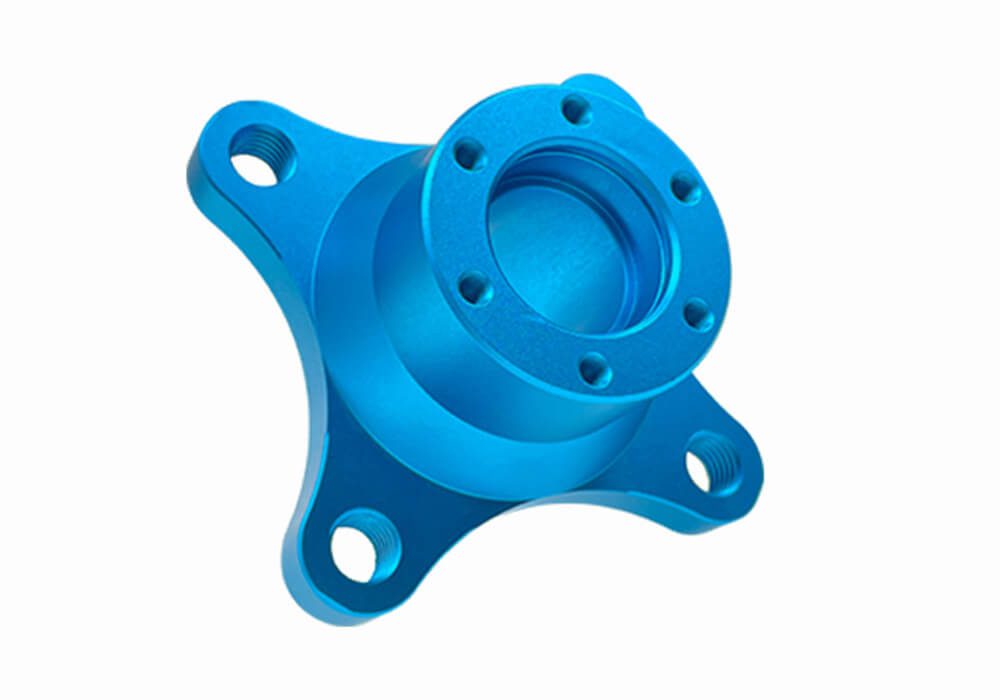
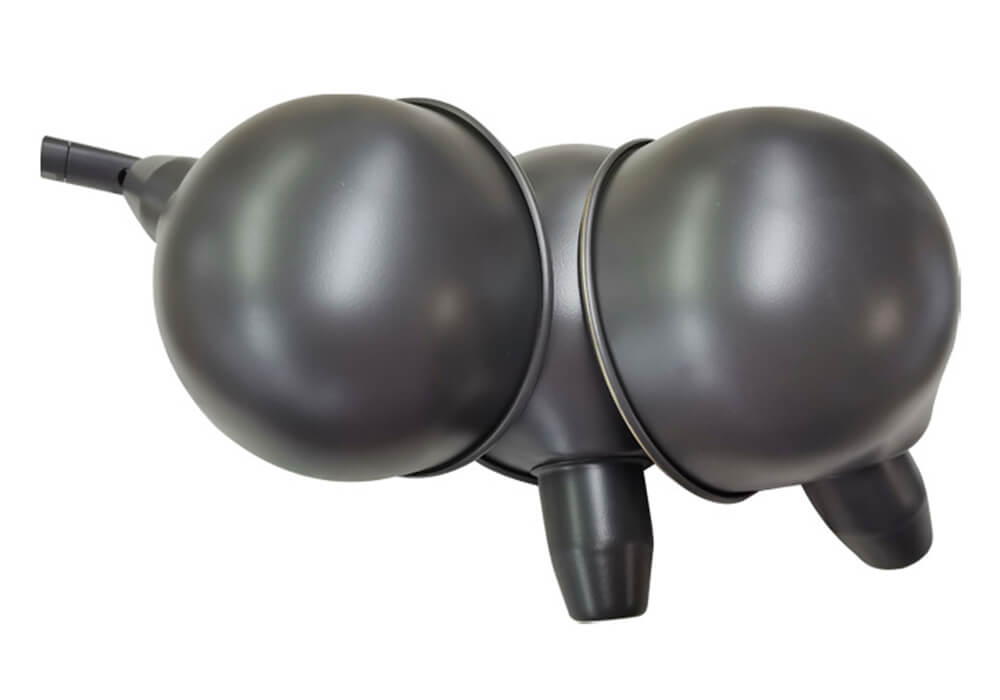
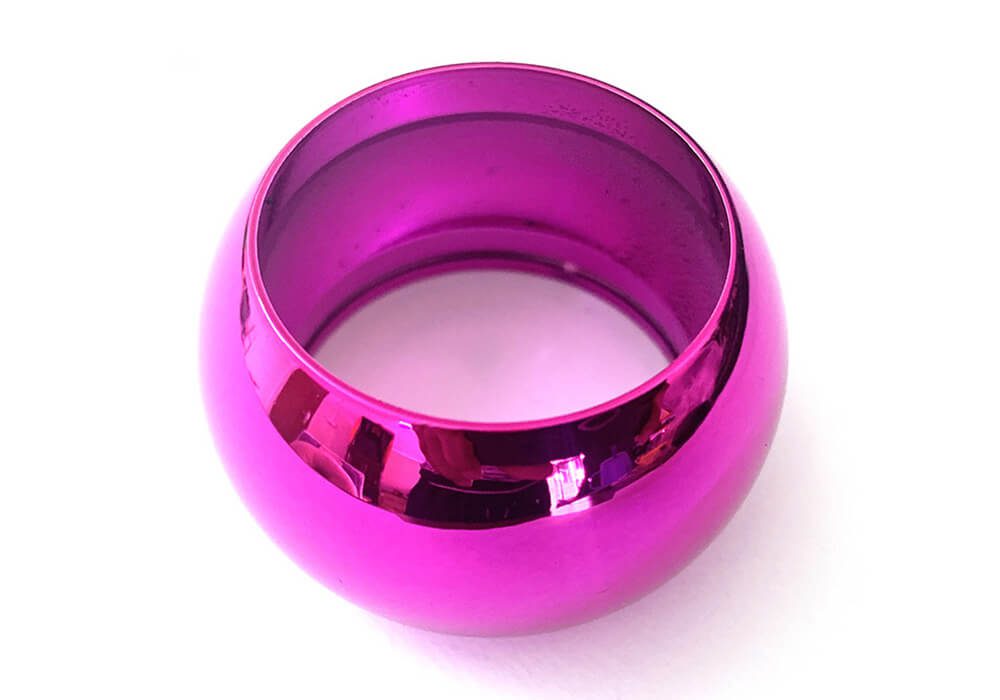
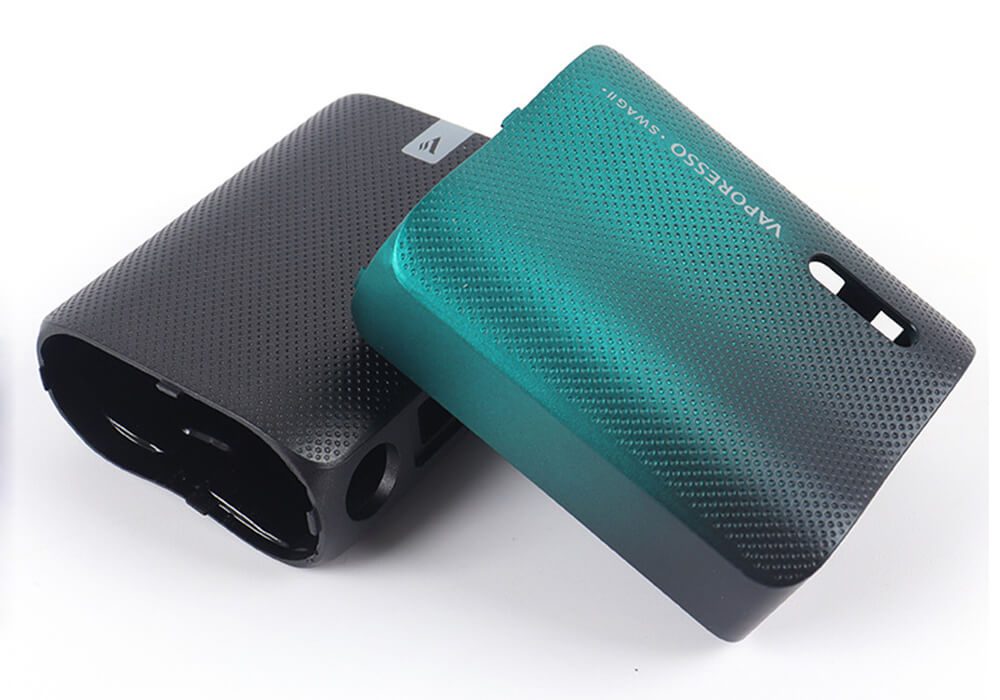
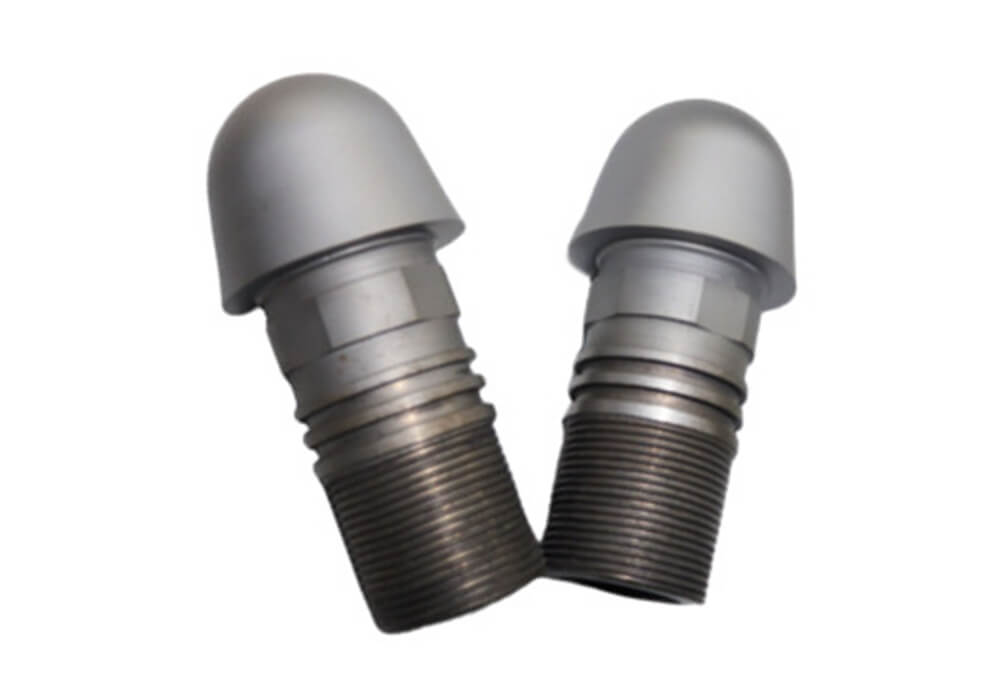
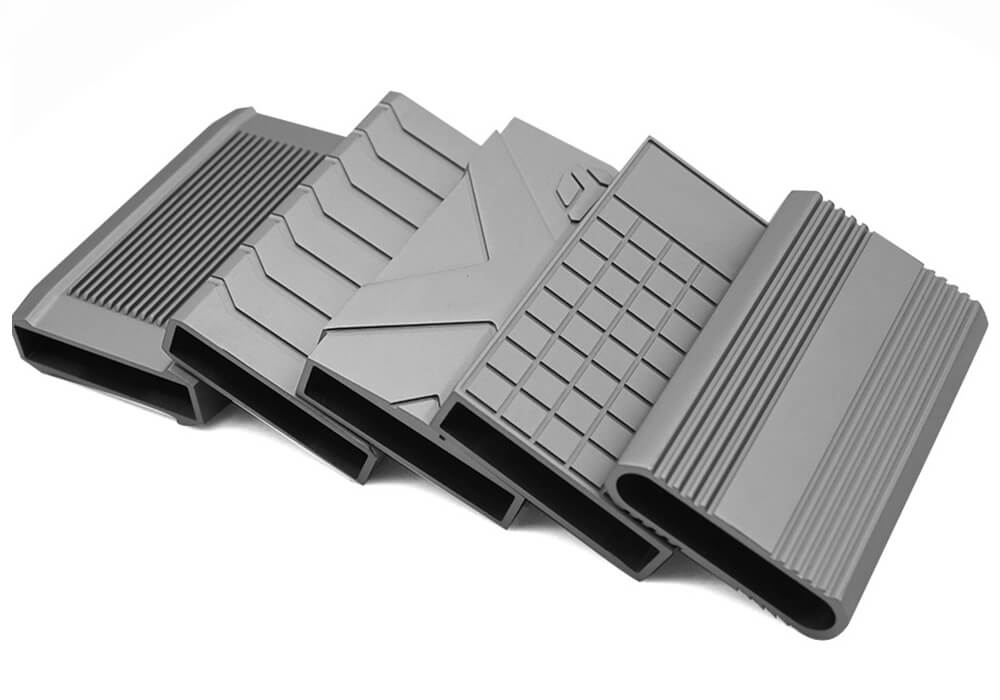
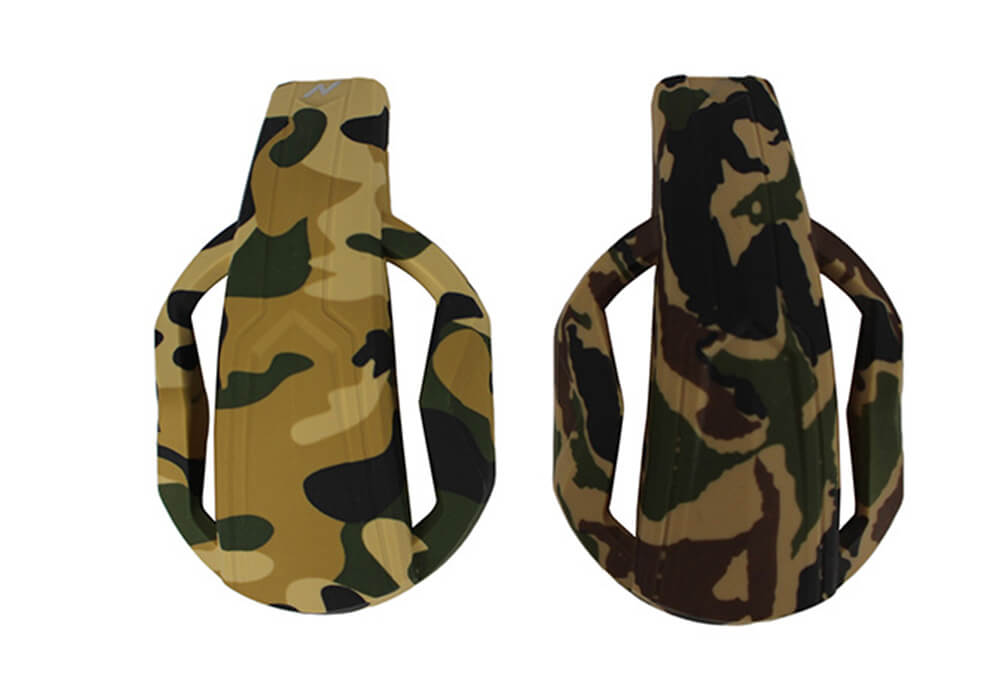
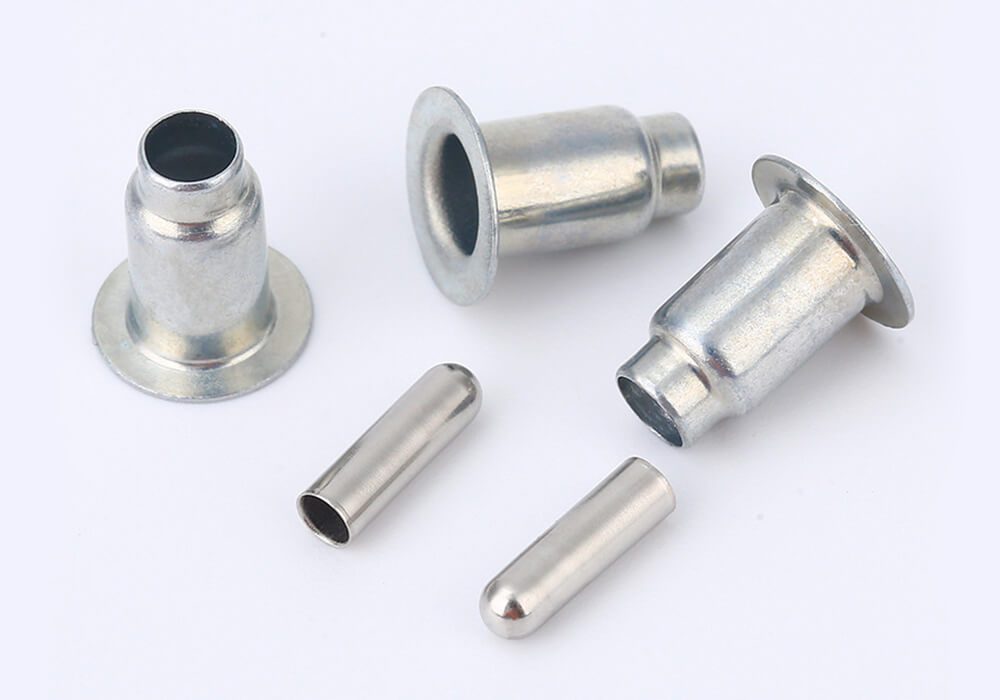
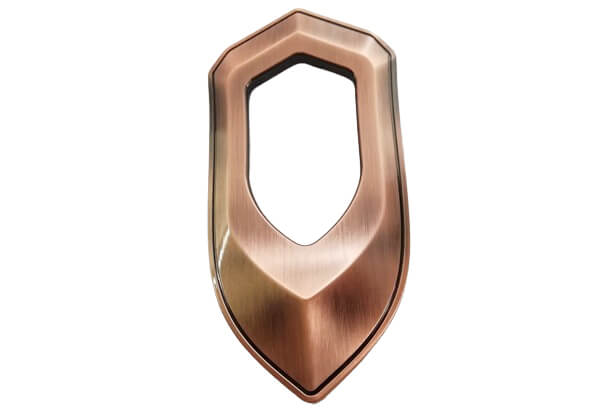
There’re many methods for finishing and surface treatment of die casting aluminum part as below.
1) Anodizing
anodizing is not only a protective layer on the part surface to prevent it from oxidization, but a decorative finish so making it with different colors
2) Powder Coating
Powder costing can be thicker protective layer for the part from corrosion, scratch or oxidization, There’re many color options in powder coating.
3) Electroplating
Electroplating is a special finish with a layer of thin metal ions deposited on the part surface, it improves corrosion resistance and increase surface hardness. Also through electroplating, many different colors can be applied onto part surface.
4) Painting
Painting enhance part aesthetic aspect and corrosion resistance.
5) Passivation
by forming a passive oxide layer on surface, this method is used for remove surface contaminations or residues for s.steel part to enhance its corrosion resistance.
6) E-coating (Electrophoretic Coating)
E-coating can add a thin and even layer of paint on part surface. It provides excellent corrosion protection and is often used as a primer for additional coatings, while it can be also applied individually as a finishing method.
7) Shot Blasting/Shot Peening
blasting is to reduce imperfections by blast sand particle onto part surface in a high speed.
This way will also create a special look for the part surface.
8) Chemical Conversion Coating (Chromating/Phosphating)
A protective layer will be formed on the part surface to improve paint adhesion and corrosion resistance. It is common for aluminum, while phosphate conversion is used for steel parts.
9) Polishing
for shiny surface demand, aesthetic purposes and to reduce friction, polishing is a common way to achieve that. It can be used on many different materials, including die cast aluminum alloy. It enhances the surface finish by making it smoother and shinier.
10) Brushing
Brushing is popularly used for a uniform, matte surface finish that can improve metal part appearance and texture.
11) Heat Treatment
some metal might need special hardness or strength, then heat treatment will be needed for creating such mechanical properties,
These surface treatments can be selected based on the specific requirements of the application, such as environmental conditions, mechanical stress, and aesthetic preferences.
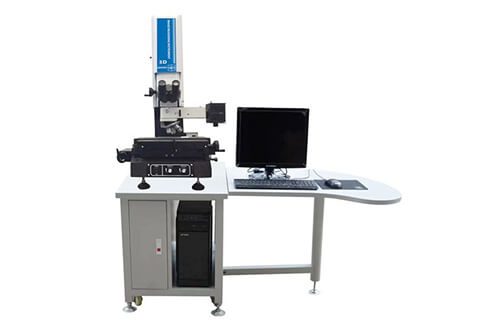
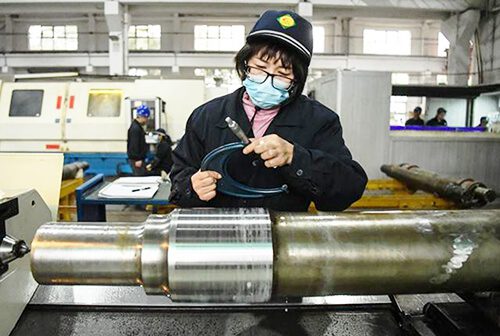
Quality control and testing in die casting are crucial to ensure that the final products meet the required specifications and standards. This involves various methods and techniques to inspect and verify the integrity, dimensions, and properties of die-cast parts. Here are some key aspects of quality control and testing in die casting:
1) Visual Inspection
Visual check is a basic but also import work in die casting part quality control. It’s to find out shrinkage, airlines, cracks, porosity, flash, deformation, and more.
Visual check can be done manually or machine vision system.
2) Dimensional Inspection
Dimensional inspection is another compulsory procedure after part is made. This is to ensure part dimensions comply with design and specified tolerances.
There’re many tools for inspecting dimensions, such as caliper, micrometer, coordinate measuring system.
3) X-ray Inspection
This is for checking internal defects of part like internal porosity, crack or interior deformation.
X-ray machines can be used to examine such internal status.
4) Ultrasonic Testing
Ultrasonic check is used to identify flaws inside part, or measure wall thickness.
Ultrasonic waves are used for this inspection.
5) Leak Testing
When a parts has function of airtight or waterproof, then it’s necessary to do leakage inspection for airtight or waterproof.
Often pressure decay or vacuum decay, or helium mass spectrometry can be used for this test.
6) Mechanical Testing
Mechanical test is to verify if the material mechanical properties meet requirements, like tensile strength, hardness, and impact resistance.
Such tests can be done by relative testing equipments or tools.
7) Chemical Analysis
This is to confirm material’s composition of the part.
Use techniques like spectroscopy (X-ray fluorescence, atomic absorption) for these tests.
8) Surface Roughness Testing
This is to measure surface roughness or flatness of the die casting part.
Surface roughness testers can be used for these tests.
9) Fatigue Testing
Fatigue is a kind of mechanical test of the part, it’s to assess the durability parts under cyclic loading conditions.
Fatigue testing machines can be used for such tests, setting up cycling times.
10) Thermal Analysis
Thermal analysis is to evaluate if the part will be deform or dimensional change under certain thermal environment. This test can be done by differential scanning calorimetry (DSC) and thermogravimetric analysis (TGA).
11) Corrosion Testing
• This is an important test for some part which needs corrosion resistance. It’s to assess corrosion resistant performance. This can be done by exposing part to corrosive environments (salt spray, humidity chambers) and measure corrosion rates.
12) Process Control
This is to monitor real-time parameter status during processing. Manually or automatically by automated data collection system.
13) First Article Inspection (FAI)
This is an critical procedure in production, through inspection first part, verify the first part meets all specifications and requirements.
14) Final Inspection
After production is done, inspect all parts to ensure the final products meet demand.
This is done by combining visual inspection, dimensional check, and functional testing.
By implementing these quality control and testing measures, die casting manufacturer an ensure that their products meet the standards of quality, reliability, and performance.
However, there isn’t necessary to do all these listed testing in reality, but choose several key testing.
Take aluminum die casting part, they have many advantages compared with other processing ways.
1) Excellent Conductivity: parts made of aluminum alloys have high thermal and electrical conductivity, along with superior cutting performance for post-processing.
2) Low Linear Shrinkage: With minimal linear shrinkage, aluminum alloy part exhibit excellent filling performance during the casting process.
3) High Strength-to-Weight Ratio: Despite their low density, parts made of aluminum alloys possess high strength. The tensile strength-to-density ratio ranges from 9 to 15, and they maintain robust mechanical properties at both high and low temperatures.
4) Superior Corrosion and Oxidation Resistance: Aluminum alloys resist corrosion and oxidation effectively, that’s why they\re durable in water, acids, gasoline, and various organic materials.
More articles on die casting in blog page:
1) Innovations and Trends in Die Casting
Introducing innovative technologies and methods adopted in die casting.
2) How to choosing a Die Casting Supplier?
Suggest some useful and pratical tips on how to find a reliable and experience die casting manufacturer as your supplier.

















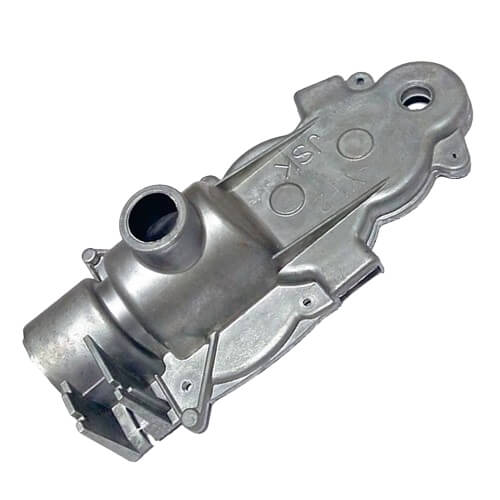

For inquiry or questions, please send your message, we’ll respond soon!

DUNS: 421300172
ISO9001:2015
AS9100
IATF16949
ISO 14001
RoHS
UN38.1
REACH
© 2020 Batnon.com Copyright